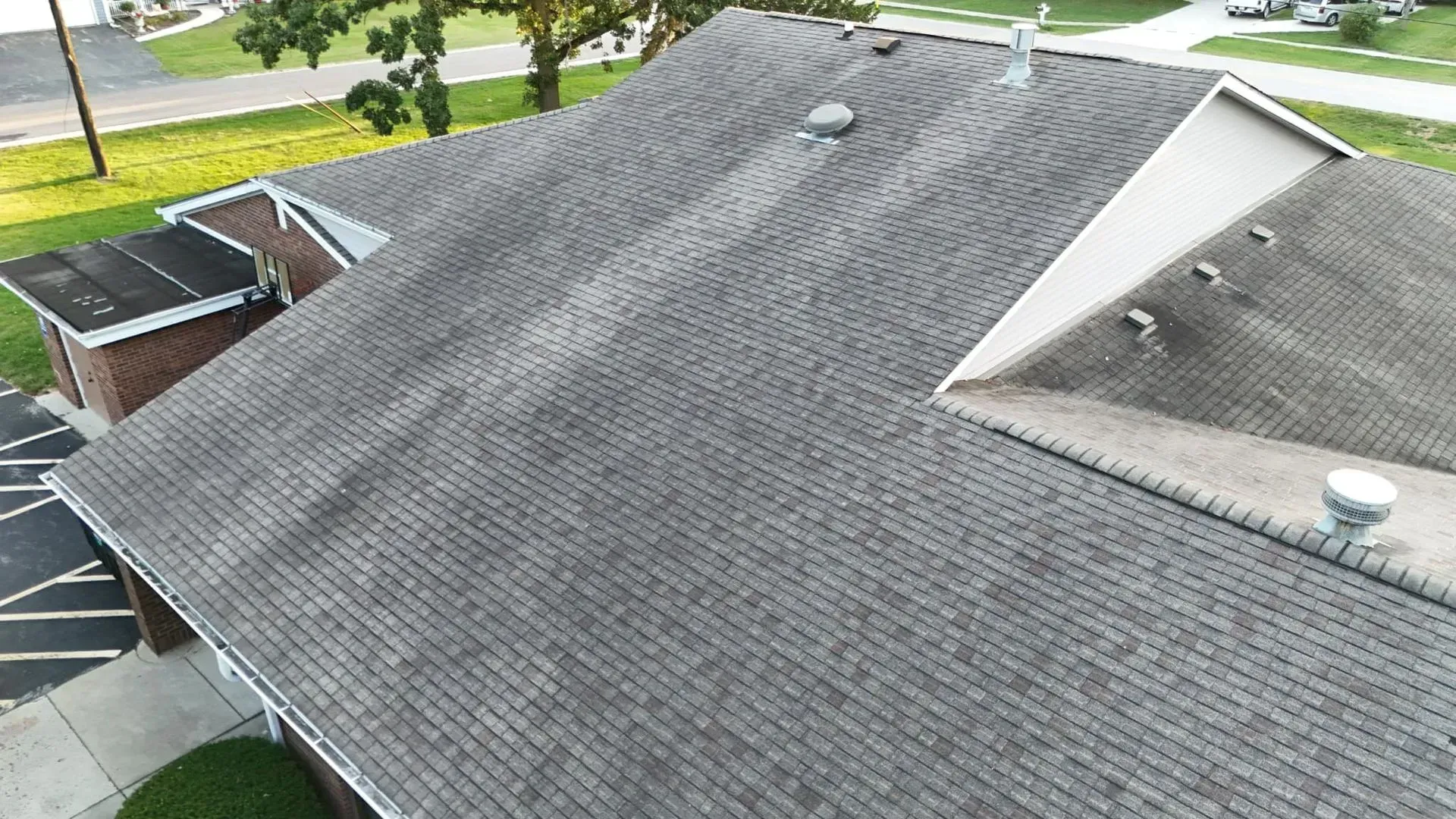
How to Choose the Best Roofing Material for Your Home
Choosing the right roofing material for your home is a critical decision that affects both the durability and aesthetics of your property. With various options available, understanding the benefits and drawbacks of each material can help you make an informed choice. Here’s what you need to know when selecting the best roofing material for your home.
1. Consider Your Climate
The local climate plays a significant role in determining the best roofing material. If you live in an area with heavy rain or snowfall, materials like metal or slate, which provide excellent water resistance, may be ideal. In hot climates, clay tiles or reflective metal roofing can help keep your home cool by reflecting sunlight. Asphalt shingles, while versatile, may not last as long in areas with extreme temperature fluctuations.
2. Evaluate Durability and Longevity
Each roofing material has a different lifespan:
- Asphalt Shingles: 15-30 years
- Metal Roofing: 40-70 years
- Clay and Concrete Tiles: 50+ years
- Slate Roofing: 75-100+ years
- Wood Shingles and Shakes: 20-40 years
Consider how long you plan to stay in your home and weigh the upfront cost against long-term durability.
3. Determine Your Budget
Your budget will largely influence your choice of roofing material. Asphalt shingles are the most affordable and widely used option, while slate and metal roofing tend to be more expensive but offer superior longevity. Factor in not just material costs but also installation and maintenance expenses.
4. Think About Aesthetics and Curb Appeal
Your roof contributes significantly to your home’s curb appeal. Choose a material that complements your home’s architectural style:
- Traditional Homes: Asphalt shingles or wood shakes
- Modern Homes: Metal roofing or flat roofs
- Mediterranean-Style Homes: Clay or concrete tiles
- Historic or Luxury Homes: Slate roofing
5. Assess Maintenance Requirements
Some roofing materials require more upkeep than others. Wood shingles, for example, need regular maintenance to prevent rot and mold, while metal and asphalt shingles require minimal upkeep. If you prefer a low-maintenance option, consider metal or composite roofing.
6. Look at Energy Efficiency
Energy-efficient roofing materials can reduce your utility bills by improving insulation and reflecting heat. Light-colored metal roofs and clay tiles, for instance, help maintain cooler indoor temperatures. You may also look into cool roofing technologies and energy-efficient asphalt shingles.
7. Check Local Building Codes and HOA Rules
Before making a final decision, check with your local municipality or homeowner’s association (HOA) to ensure your chosen roofing material complies with regulations. Some areas have restrictions on roofing materials due to safety concerns, environmental impact, or aesthetic consistency.
8. Hire a Professional Roofing Contractor
A skilled roofing contractor can provide valuable insights and ensure proper installation. Poor installation can reduce the lifespan of even the highest-quality roofing materials. Look for licensed, insured, and well-reviewed contractors to guarantee a successful roofing project.
Final Thoughts
Selecting the best roofing material requires careful consideration of climate, durability, budget, aesthetics, and maintenance needs. By evaluating your options and consulting a trusted roofing professional, you can make a decision that enhances your home’s protection and value for years to come.
Need expert advice on choosing the right roofing material? Contact A&D Exteriors and Remodeling
today for a consultation!
READY TO GET STARTED?
Business Hours
- Mon - Fri
- -
- Sat - Sun
- -
Area We Serve
- Oswego, IL
- Aurora, IL
- Naperville, IL
- Joliet, IL
- Elgin, IL
- Schaumburg, IL
- Bolingbrook, IL
- Wheaton, IL
- Arlington Heights, IL
- Evanston, IL
- Palatine, IL
- Skokie, IL
- Des Plaines, IL
- Oak Lawn, IL
- Orland Park, IL
- Tinley Park, IL

